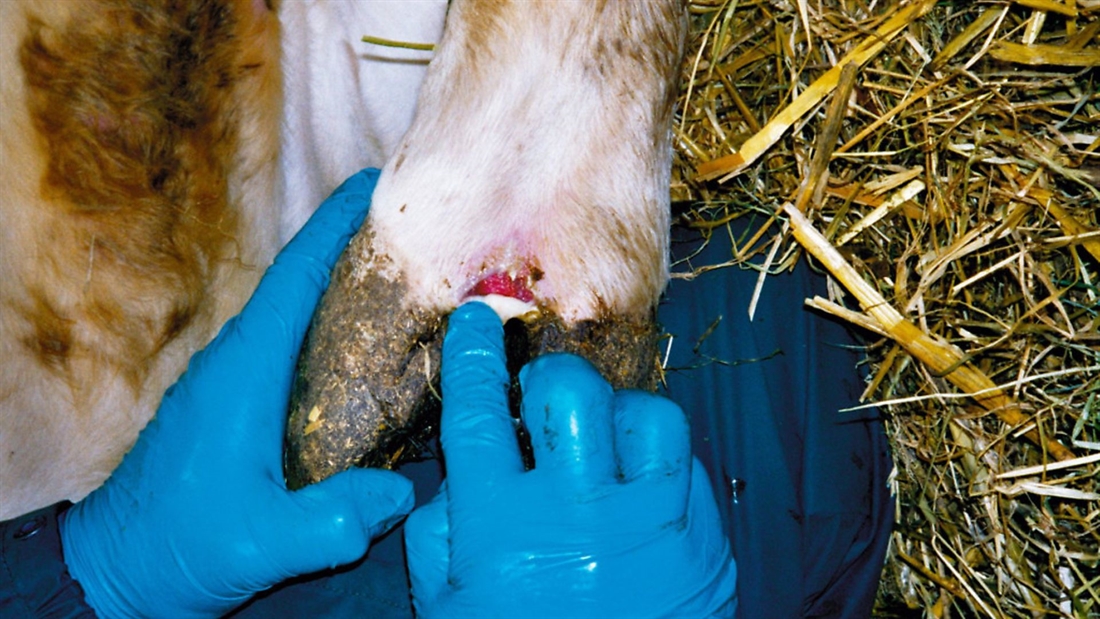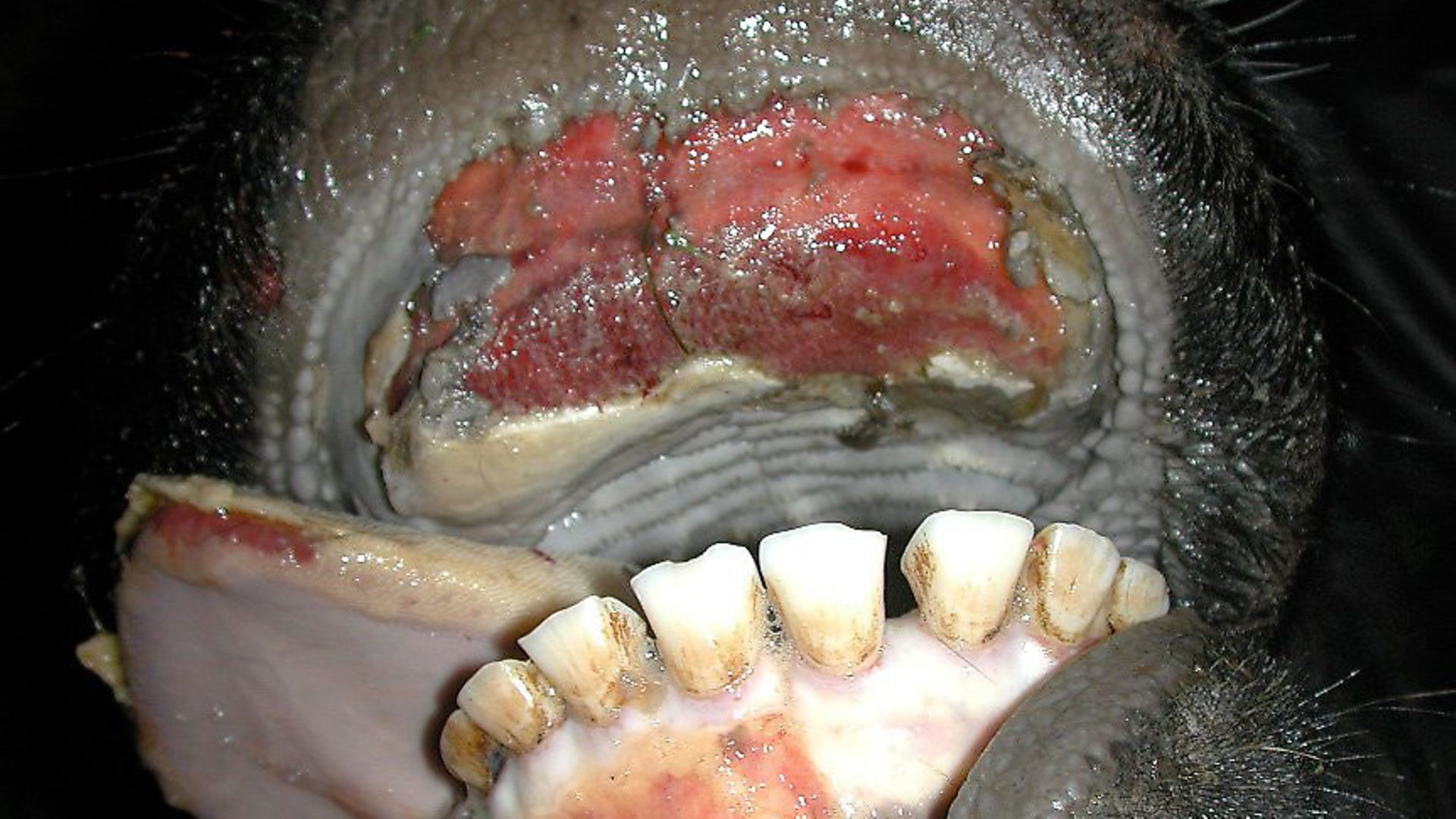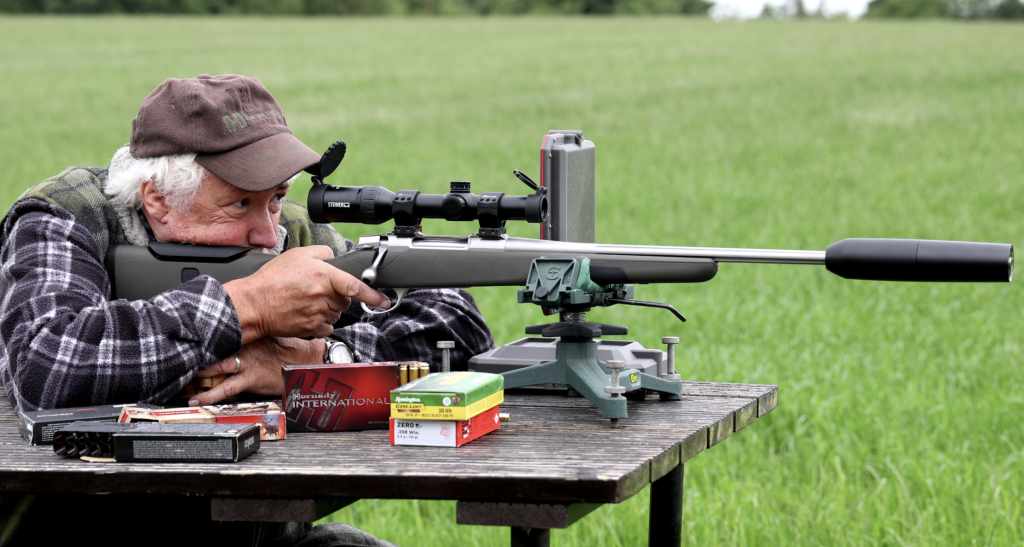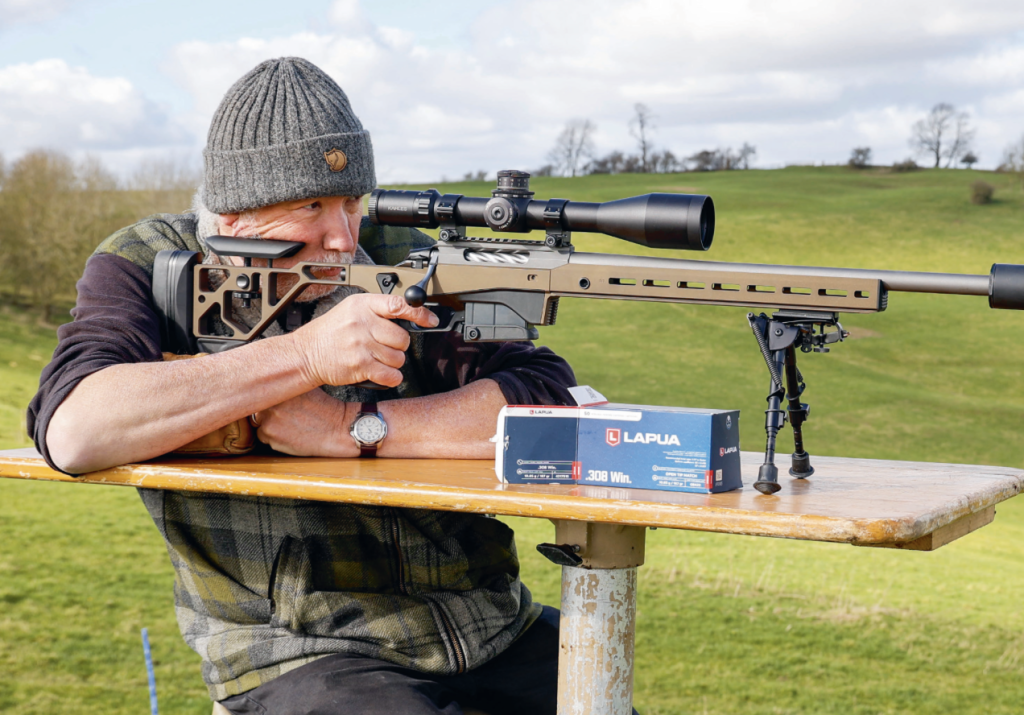How to recognise foot and mouth in deer

James Simpson provides a breif guide to recognising foot-and-mouth diease in deer – crucial information for all stalkers!
Q: How would I recognise foot-and-mouth disease in a deer?
James Simpson replies: Foot-and-mouth disease is a highly contagious viral infection which affects all cloven hoofed species including deer. Roe deer and muntjac are said to be more susceptible to disease but all species of deer can be affected. The incubation period for this viral infection is up to seven days.
As taught in the DMQ Level 1, all stalkers culling a deer should carry out a visual inspection of the animal prior to opening the carcass. Deer affected by foot-and-mouth disease may be thin due to pain during eating and appear lethargic. The deer may also be salivating due to the painful nature of the mouth lesions. So any sign of frothy saliva around the mouth should raise your level of concern.
When examining the carcass, the most common place to find lesions is in the mouth and around the tops of the hoofs. In the mouth, you will find small to large ulcerated areas on the hard palate, gums or tongue (below, right).
In between the hoofs and around the top of the hoof you may also find ulcerated areas and in severe cases the hoof may become detached (below, left).
As foot-and-mouth disease is a notifiable disease, there is a legal obligation by anyone who suspects they have found the disease to notify the government veterinary service immediately (APHA). This means if you cull a deer and on visual inspection find lesions which might fit with foot-and-mouth disease you MUST leave the animal where it is and, ideally, remain there yourself.
Then, call your local divisional veterinary officer and report your concerns and your exact location. They will give you instructions as to what to do next. So do you have the phone number of the DVO on your mobile? Time to put it into your contacts!
Related Articles
Get the latest news delivered direct to your door
Subscribe to Rifle Shooter
Elevate your shooting experience with a subscription to Rifle Shooter magazine, the UK’s premier publication for dedicated rifle enthusiasts.
Whether you’re a seasoned shot or new to the sport, Rifle Shooter delivers expert insights, in-depth gear reviews and invaluable techniques to enhance your skills. Each bi-monthly issue brings you the latest in deer stalking, foxing, long-range shooting, and international hunting adventures, all crafted by leading experts from Britain and around the world.
By subscribing, you’ll not only save on the retail price but also gain exclusive access to £2 million Public Liability Insurance, covering recreational and professional use of shotguns, rifles, and airguns.
Don’t miss out on the opportunity to join a community of passionate shooters and stay at the forefront of rifle technology and technique.





